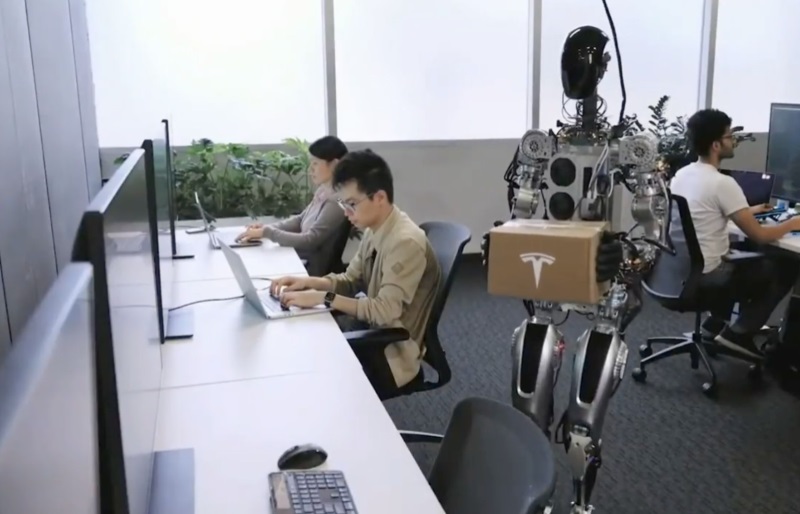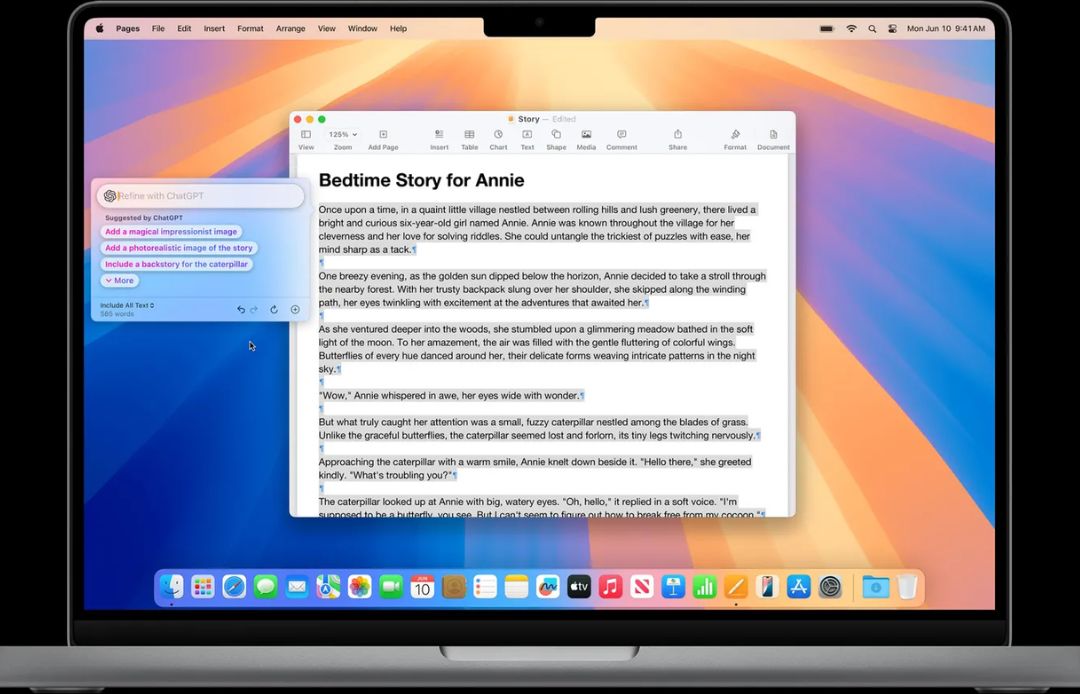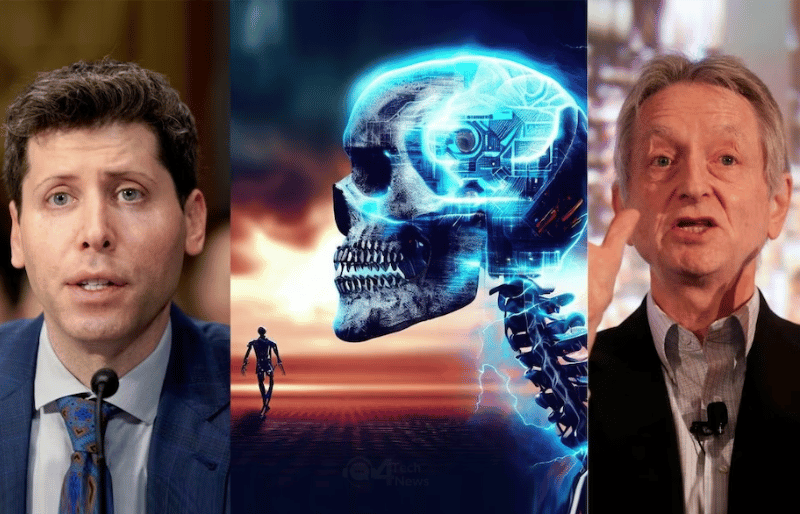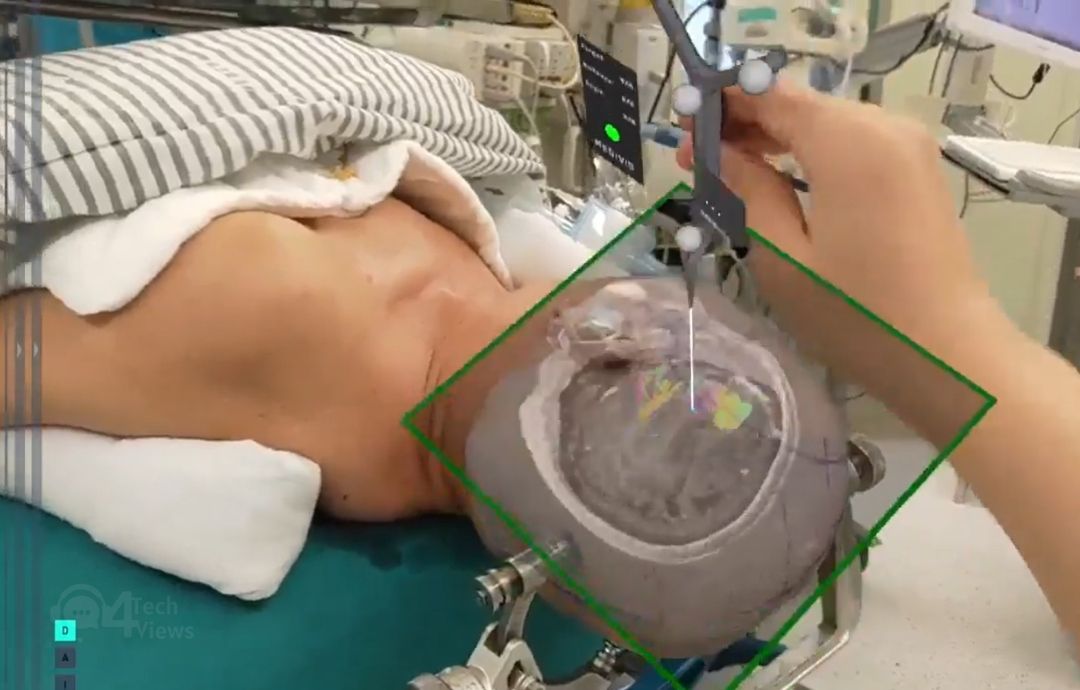A new video has just been released, showcasing a robot autonomously sorting objects and even performing yoga. This video provides insights into Tesla’s approach to AI and what sets their robot, Optimist, apart from others.
In comparison to Optimist’s initial unveiling in October, it’s evident that Tesla has made significant progress. The robot can now adapt its behavior dynamically, responding rapidly to changes, such as when a person moved an object.
Notably, the robot displayed a high level of coordination, using its entire body rather than just its arm. This versatility positions it as a valuable and adaptable general-purpose robot.
While Tesla may seem late to the game in the development of humanoid or warehouse robots, their experience in autonomous vehicle technology can be leveraged in this endeavor. Both autonomous vehicles and humanoid robots rely on sensors and data to make decisions, and they share similarities in their training process using video data.
It’s important to note that the video of the robot’s capabilities is presented at 1.5 times its actual speed, so when viewed at regular speed, you can better appreciate the nuances. However, it’s worth being cautious regarding Tesla’s claims, as the company has a history of making exaggerated statements, particularly in the realm of full self-driving technology.
[embedyt] https://www.youtube.com/watch?v=1Jil7gtFDEY[/embedyt]
As for concerns about advanced humanoid robots replacing human workers, this notion is somewhat sci-fi at this stage.
Although this is a controversial topic, it is unlikely that robots like Optimist will replace humans in manual jobs such as changing oil or working in warehouses. These robots only assist or supplement human labor but are not expected to replace humans in the near future.
For decades, robots have been automating monotonous tasks. Instead of a worker having to weld car parts together hundreds of times a day, automakers have integrated welding robots into assembly lines.
A single robot capable of competently performing multiple tasks (often called a “multi-purpose” robot), could revolutionize the workplace without the need for an assembly line. Building such robots to save costs for employers remains a challenge.
However, new technologies can create increasingly sophisticated and multitasking humanoid robots. And one of the other promising new robot models is Apollo. Measuring 5’8″ tall and weighing 160 pounds, this robot is built to do warehouse work.
Developed by Texas-based robotics company Apptronik, Apollo is designed to be affordable, flexible and mass-producible. It can perform a variety of tasks, including warehouse work, deliveries, and even disaster relief.
One of the things that sets Apollo apart from other humanoid robots is its ability to learn and adapt. It is equipped with a variety of sensors and cameras that allow it to perceive its surroundings and make decisions in real time. Apollo can also learn from its experiences, which makes it more efficient and adaptable over time.
In short, robots like Optimist have raised questions about its impact and potential in practice. Whether it is a game changer or just hype, a sidekick or a job market disruptor remains to be seen.









